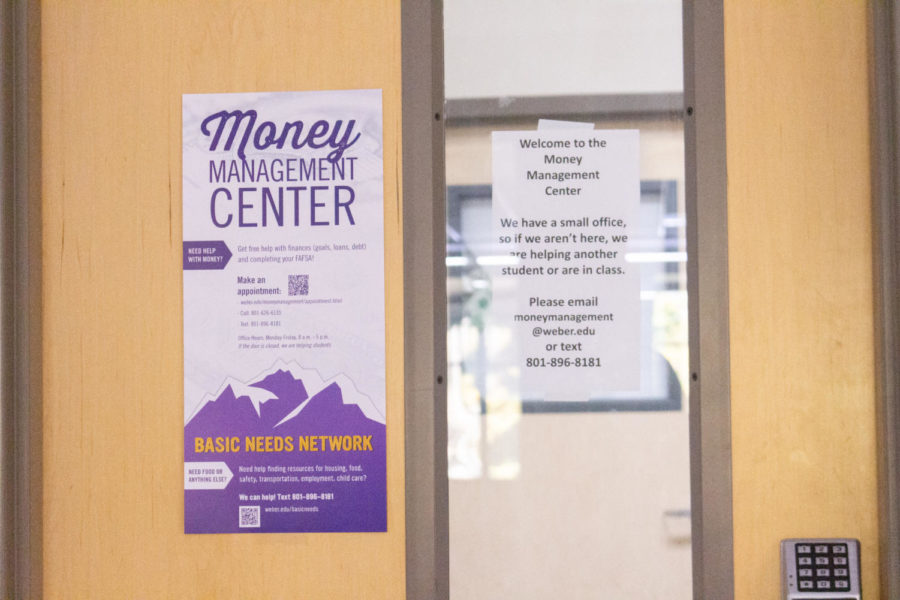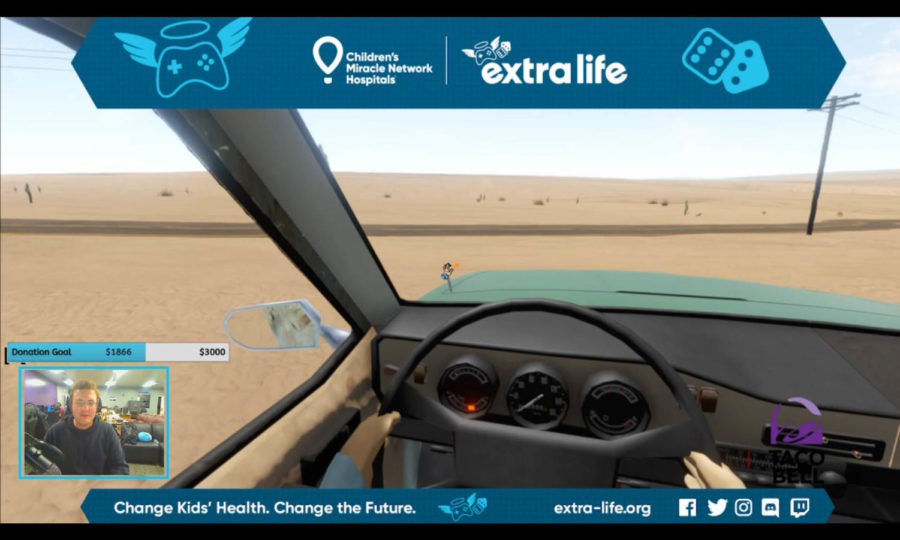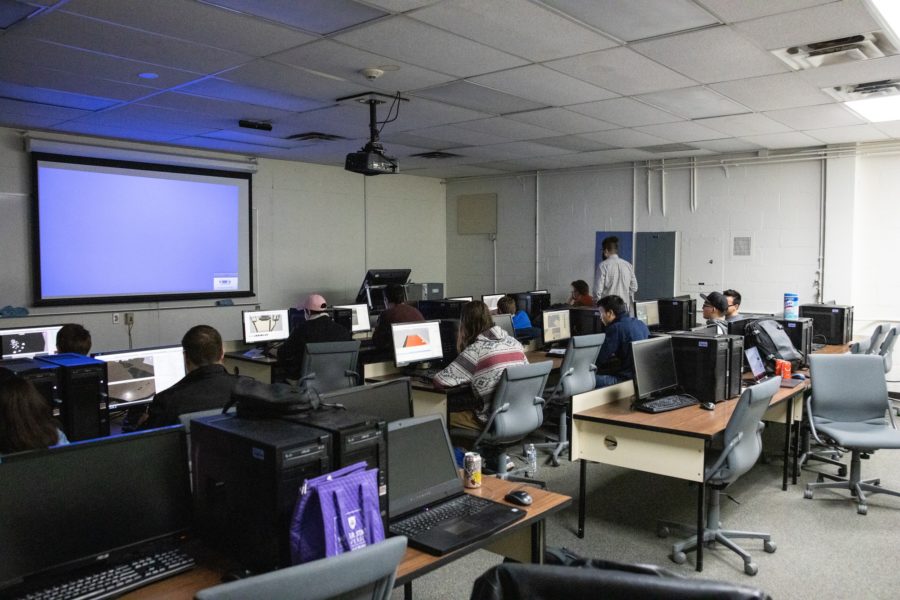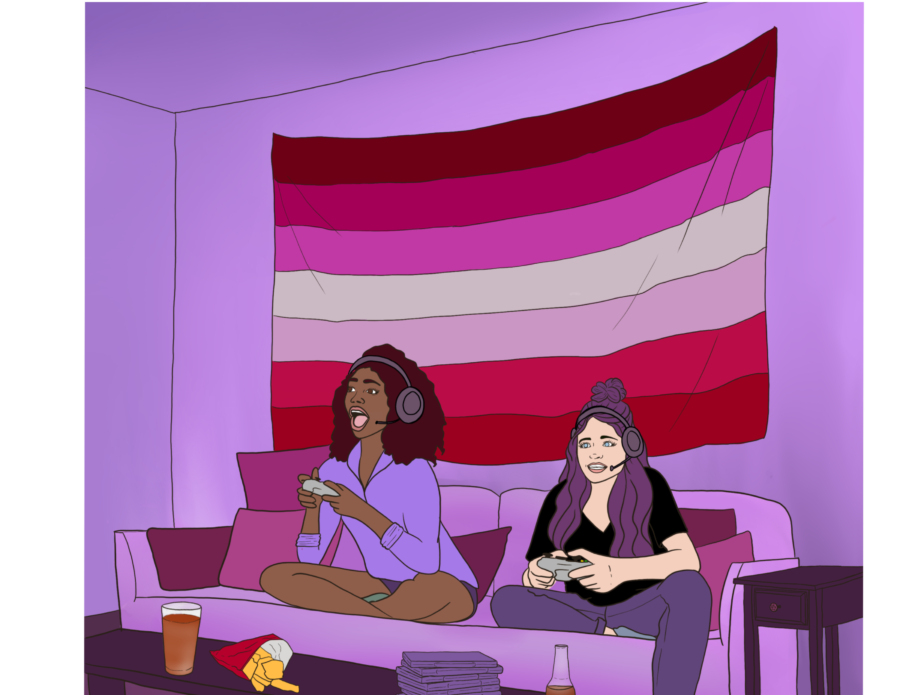[media-credit id=28 align=”alignright” width=”300″] [/media-credit]If you are like thousands of other students on campus, you just might spend a one-too-many hours playing video games. What’s your thing: Console-based FPS, PC Strategy, MMO? Have you ever considered what it takes to make a video game or wanted to make one yourself?
[/media-credit]If you are like thousands of other students on campus, you just might spend a one-too-many hours playing video games. What’s your thing: Console-based FPS, PC Strategy, MMO? Have you ever considered what it takes to make a video game or wanted to make one yourself?
As part of Weber State University’s Computer Science club, ACM, I recently had the opportunity to tour Disney’s video game studio located in Salt Lake City and have a Question-and-Answer session with the CEO John Blackburn. Read on for a realistic look at a career in video game development and the current state of the industry.
Note: the following is based on my notes of the interview and not an actual transcript.
What is the current state of the game industry?
Honestly, the industry is broken. The business model is seriously broken. We have gone through the same change in the last few years that Hollywood has gone through. In the golden age of cinema, there were lots of studios all competing with one another, and movies were cheap enough to produce that one studio could crank out dozens and dozens a year and basically take a gamble on what would make money and what wouldn’t. As movie budgets increased, the studios became less and less tolerant to risk. If you have a million dollar movie flop, that’s going to hurt. If you have a $30 million movie flop, you’ve just used up your entire war-chest and are now out of money and out of business. Movies became larger and larger and, therefore, more and more predictable. Studios have to almost guarantee that it will make money before they will even begin the process.
The video game industry is now in the same boat. Take EA, for example. Back in the day, they were a powerhouse and cranked out games. As games got more and more expensive to produce, the studios became less and less tolerant to risk. If you sink $20 million into a game, that one flop may have just cost you the entire company. What does EA do now? They’ve got the Need For Speed franchise and their sports franchises, each on Nth iteration. They have boxed themselves into a corner with sequels. Sequels are now the name of the game. They are predictable, make money and are easier to make because all of the chaos and creativity “problems” have already been solved.
Do you consider indie companies as competition?
No. We started out pretty indie ourselves but have grown to a point that we would not consider a solo game developer or even and indie studio as competition. Think about it this way: an indie studio can work for a few years on a game and produce what some would consider a smash-hit, and for them, it definitely is a smash hit. But we have to think in terms of scale and volume. Their smash hit might bring in a few hundred thousand dollars or even a couple million dollars. That’s a huge amount of money for an individual, but we operate on a completely different scale, where a couple million dollars doesn’t really move the needle one way or another for us.
One area where that is not true is in mobile development. Someone can, in his garage, produce a mobile game that consists of one or two horizontal levels, a few dozen sprite assets and a couple buttons to push. I mean, you can crank something like that out and have it pretty polished in a few weeks if you know what you’re doing. Big game studios on the other hand don’t have an advantage there. You can sink in loads of development time and the brightest talent and still get something on par with something that someone wrote in their garage. Also, the revenue is just not there in mobile to make it worth the time of a larger studio. You could make a few hundred thousand or a million bucks — but it just doesn’t generate the same return on investment.
Do you have to worry about DRM (digital rights management) or is that something that is handled higher up?
Yes. DRM is something that Disney enforces, and we as a game studio absolutely must do to stay alive. Disney invests so much money now that it is essential buisness wise to protect their assets. Back in the day our first contract was $250,000 to produce a game — it was an SNES platformer. We would produce the game for the target platform, and then the client would do the advertising and the distribution. The initial investment in the game was so low that there was some tolerance in the bottom line to piracy. The game we are currently working on from Disney has a budget of $25 million. We/they have to do everything possible to maximize sales and minimize losses to get a return on their investment.
We are lucky that we don’t have to worry so much about the implementation of DRM; that is usually handled by the platform or how it’s distributed. If we would want to distribute something through Steam, they have their own system for that. Each console has their own system for that.
What type of people do you hire? What careers are there?
There are five main categories of careers in a video game studio: Programming, Animation, Design & Art, Music & Sound, and Management
Programmers
Our programmers need to have high knowledge of how software interacts with hardware. You don’t need to know the latest trends (but most of our guys do), but you need to be able to understand how you can squeeze the most number of polygons onto a certain type of caching system and how to optimize your code, your different processor architectures. Many will write in assembly.
In addition to the game programming, many programmers work on our in-house development tools. A typical task for them would be: Sony sent a compiler that produces buggy code when a certain obscure condition is met. We need to debug and rewrite the compiler. Or, Nintendo sent us a compiler that produces inefficient code for a certain type of flow-control statement. We need to open up the compiler and optimize the assembly code that it generates.
Animation
We don’t consider the paper degree as important as what you can actually do. The most impressive thing you can bring is a demo of a project you have done before that highlights your ability to do believable and interesting work with characters. Honestly, we have hired a high-school student who was an extremely talented animator.
Designers & Artists
We look for people that are highly artistic and sensitive to the psychology of the player. They need to intuitively understand how to make a player want to turn left, without having some sort of icon, sign or other visual. It is not a must that designers have a programming background, but we do look for people that are highly technical because they will be using advanced modeling software to create levels and objects.
Music, Voice Talent, and Sound
This is the one position that, honestly, is pretty much impossible to get into. Voice talent almost exclusively comes from Actors Guild type contracts in Hollywood.
Back in the day, music was done either in-house, or we would hire-out to local bands. Now it is almost all orchestral. They will hire movie music composers who have worked on other Hollywood sound-tracks. These people usually have masters/Ph.Ds in music theory and have well established careers in film-making.
For more information about our tour, see: http://www.mikedoesweb.com/2011/my-tour-of-disneys-video-game-studio-avalanche-software/


















